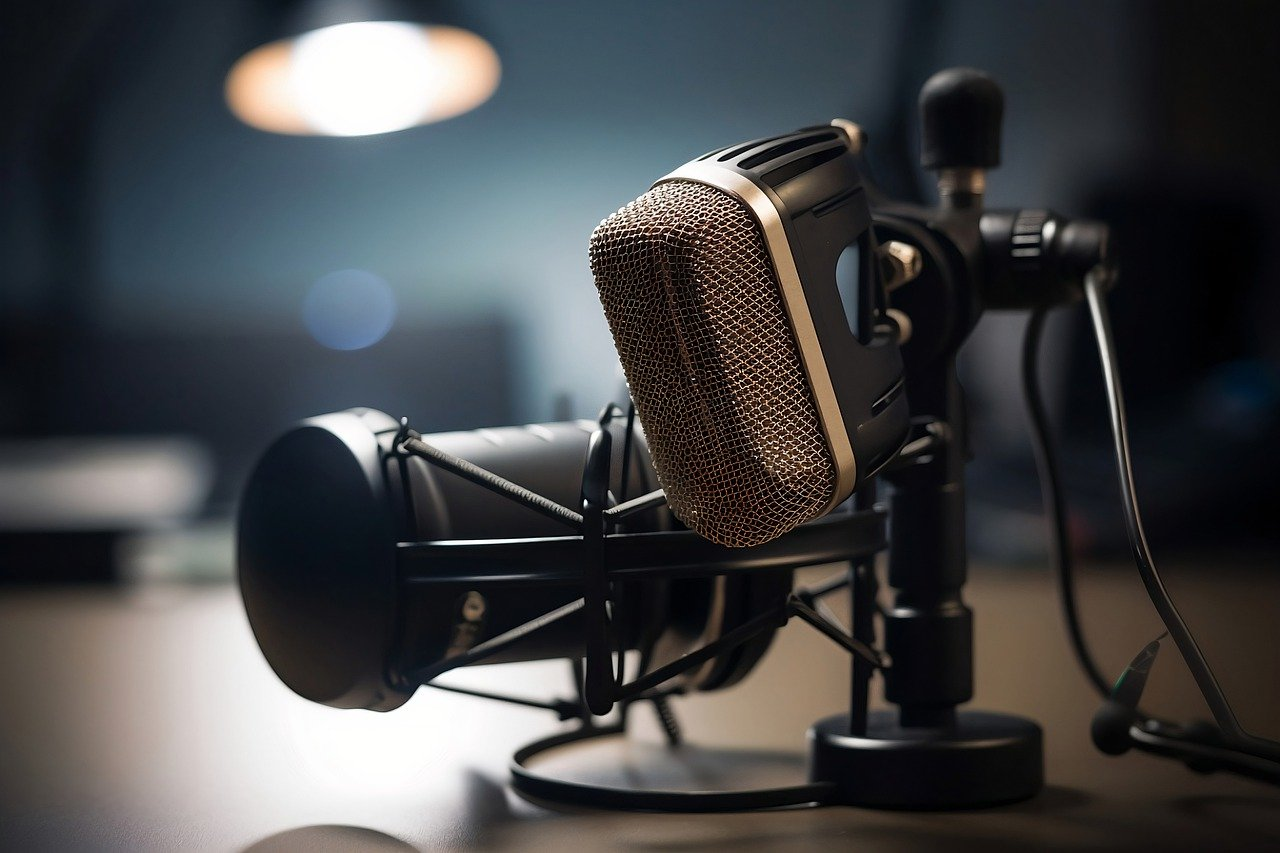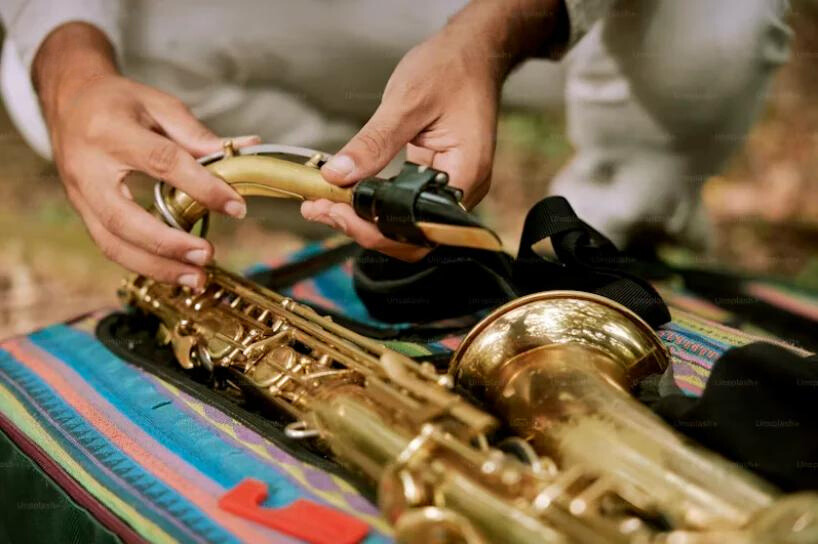Health Hazards of Percussion Noise
I. Specific Effects of Noise Hazards
-
Hearing Damage
-
Temporary Threshold Shift (TTS): Short-term exposure to high decibel levels may cause temporary hearing loss (e.g., muffled hearing or tinnitus).
-
Permanent Threshold Shift (PTS): Long-term exposure can lead to irreversible hearing loss or noise-induced hearing loss (NIHL).
-
Common Decibel Levels:
-
Drum kits: 90–110 dB (similar to chainsaws or rock concerts).
-
Snare drum hits: Instantaneous peaks up to 120 dB (close to an airplane taking off).
-
-
-
Psychological Effects
-
Chronic noise exposure may trigger anxiety, irritability, difficulty concentrating, and even sleep disorders.
-
-
Other Physiological Effects
-
Increased blood pressure, elevated heart rate, and other stress responses (especially for those at risk of cardiovascular disease).
-
II. Safe Volume Levels & Exposure Time
-
International Standards (WHO/OSHA):
-
85 dB: Maximum of 8 hours per day.
-
For every 3 dB increase, safe exposure time halves (e.g., 88 dB for 4 hours, 91 dB for 2 hours).
-
-
Common Percussion Scenarios:
-
Individual practice (unprotected): Often exceeds safe limits.
-
Band rehearsals: Combined instrument noise may further increase risk.
-
III. Protective Measures
-
Personal Protective Equipment
-
High-fidelity earplugs: Designed for musicians (e.g., -15dB to -25dB attenuation) to reduce volume while preserving sound quality.
-
Noise-isolating headphones: Active noise-canceling (ANC) headphones or in-ear monitors with over-ear protection.
-
-
Environmental Adjustments
-
Soundproofing: Use acoustic foam, sound blankets, or switch to electronic drums (adjustable volume).
-
Acoustic separation: Position drums away from other instruments to minimize reflected sound buildup.
-
-
Behavioral Management
-
Practice in intervals: Take breaks (e.g., 5 minutes every 30 minutes).
-
Volume monitoring: Use a decibel meter app (e.g., Sound Meter) for real-time tracking.
-
-
Health Monitoring
-
Regular hearing tests (pure-tone audiometry), especially for professional drummers or long-term players.
-
IV. Special Considerations
-
Children/Teens: More sensitive ear canals; strictly limit exposure time; prioritize electronic drums or silent practice pads.
-
Professional Musicians: Consider hearing insurance and long-term protection plans.
V. Legal & Industry Standards
-
Some countries (e.g., EU, U.S.) enforce occupational noise exposure regulations, requiring employers to provide protective gear. Amateur musicians should also take proactive measures.







